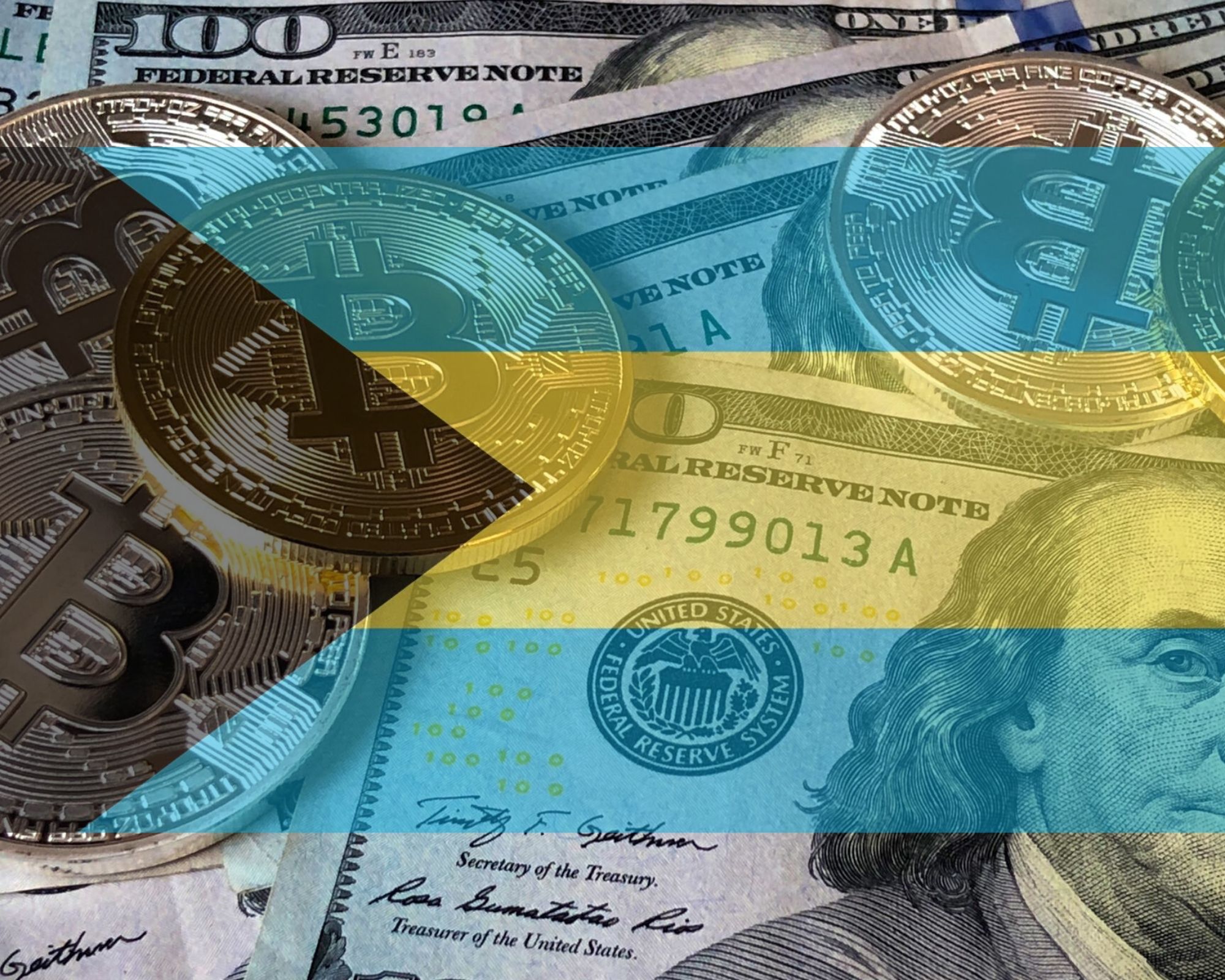Blog
“Sand Dollar” pilot testing in the Bahamas
Jan 09, 2020The Central Bank of the Bahamas launched a pilot testing of a Central Bank Digital Currency (CBDC) that was introduced on 27 December 2019. A so-called “Sand Dollar” is starting a pilot phase in Exuma, one of the districts of the Bahamas, and will extend to the Abaco Islands in the first half of 2020. The testing will allow collecting the data on the performance of the digital currency.
The island’s “Sand Dollar” is a digital fiat currency, not a cryptocurrency, stable coin, or competitor to the Bahamian dollar. According to the project, this is simply a digital version “in every way equivalent to paper money”. The “Sand Dollar” is pegged 1:1 to the Bahamian Dollar (BSD), which is, in turn, pegged 1:1 with the United States dollar.
Users will be able to use it to make payments and transfer funds using their smartphones. It will be possible to pay in retail outlets using QR code tied to the virtual wallet.
It is expected that the newly introduced digital currency will optimize the local financial inclusion and boost the tourism economy. No doubts that the possibility to execute the alternative payments attracts the tourists.
In current testing, the digital currency will be promoted as a solution for consumer protection. The government is intended to develop new regulatory frameworks that will help to organize daily transactions. Once the guidelines are developed, the “Sand Dollar” will be available for general use. Also, the Central Bank is convinced that the digital form of the fiat is an effective tool for tackling illegal financial practices.
It is quite possible that 2020 will become a year of CBDCs. Many central banks are exploring this option. And indeed, CBDCs may become a good solution for payment safety, domestic efficiency, and financial inclusion.
Read our blog to keep abreast of all actual and interesting technology news.


